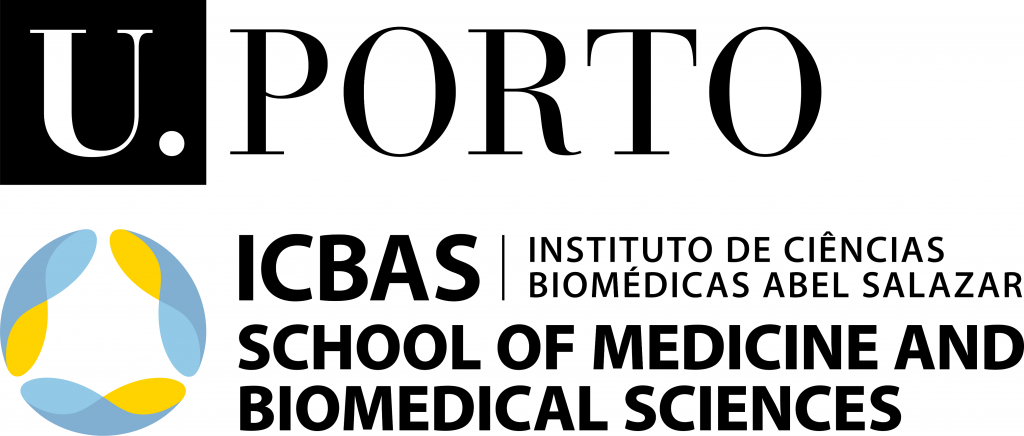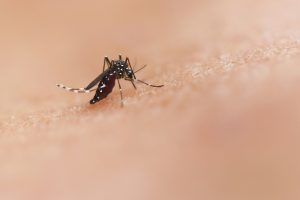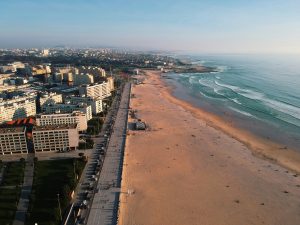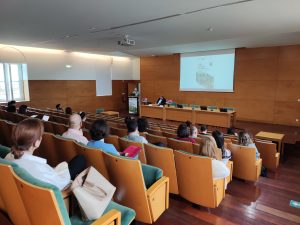Researchers from the Instituto de Ciências Biomédicas Abel Salazar (ICBAS) characterized the potential for emission of greenhouse gases in cattle farms and found significant differences during the lactation phase that open “doors” for further investigations.
Speaking to the Lusa agency, the researcher and first author of the study, Ana Raquel Rodrigues, clarified that the investigation focused on the “greenhouse gas emissions (methane, nitrous oxide and carbon dioxide) and ammonia” in three commercial dairy farms in the North region.
On the farms, researchers collected feces and urine samples from animals at different stages of lactation, which were later evaluated and characterized in the laboratory, using “cameras that simulate the pavement” of holdings.
“We checked the different stages of lactation of the animals, the collection times and the potential for emission of faeces and urine throughout the day”, said Ana Raquel Rodrigues.
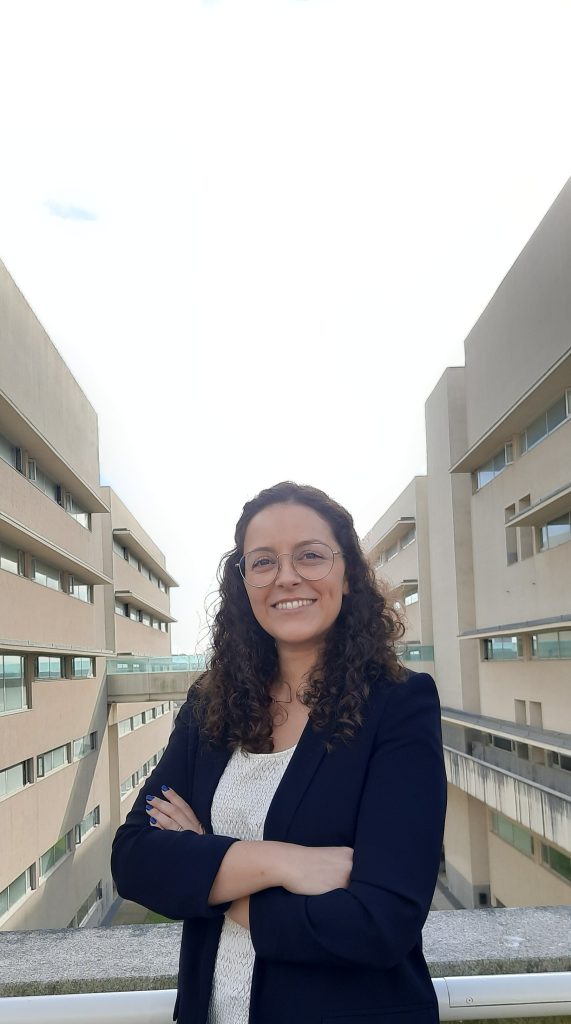
Despite "preliminary“, the results of the study, published in the scientific journal Journal of Environmental Management, show “differences in the level of nitrous oxide and ammonia emissions in post-peak lactation”.
Also the researcher and coordinator of the study, Henrique Trindade, clarified that in the “post-peak of lactation” bovine animals “emit higher emissions” of greenhouse gases, which require “greater care”, in particular, in adapting waste cleaning systems.
“Cleaning is often done in the morning because the logic is in the morning performing all the work. Studying in detail, it can be concluded that perhaps it is preferable to clean more frequently at the end of the day and not so much in the morning", he said, highlighting that "more emissions occur in the afternoon".
Henrique Trindade also highlighted that the results were obtained in the laboratory at “constant temperatures and ventilation rates”, which in practice could be even more significant in terms of gas emissions, since “temperatures are higher at noon for the evening than during the morning.”
The coordinator added that the information collected in this study, and in others developed within the scope of Ana Raquel Rodrigues' PhD, could help, for example, “adjust manure management systems".
“With these results we can start to look at other aspects, such as the frequency of removal and application of additives that reduce emissions. A series of mitigation measures that are already available in the activity and that can be focused on the periods when we know that emissions are higher", he said, also highlighting the importance of mitigation measures being "flexible” throughout the entire day.
Ana Raquel Rodrigues also stressed that the research “opens doors” to other works, since the results allowed “understand animals a little better, their metabolisms and the way faeces and urine behave when deposited on the ground”.
“This research opens doors, but more work will have to be done to achieve results adjusted to reality and to be applied in practice”, added the student of the Sustainable Animal Nutrition and Feeding (SANFEED) doctoral program, co-funded by the Foundation for Science and Technology and managed by ICBAS.
In addition to ICBAS, the study had the collaboration of researchers from the University of Trás-os-Montes and Alto Douro (UTAD) and the Escola Superior Agrária of the Polytechnic Institute of Viseu (ESA-IPV).
The investigation was also carried out in partnership with the Agricultural Cooperative of Vila do Conde and AGROS – Union of Cooperatives of Milk Producers.
Source: Observador
